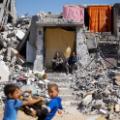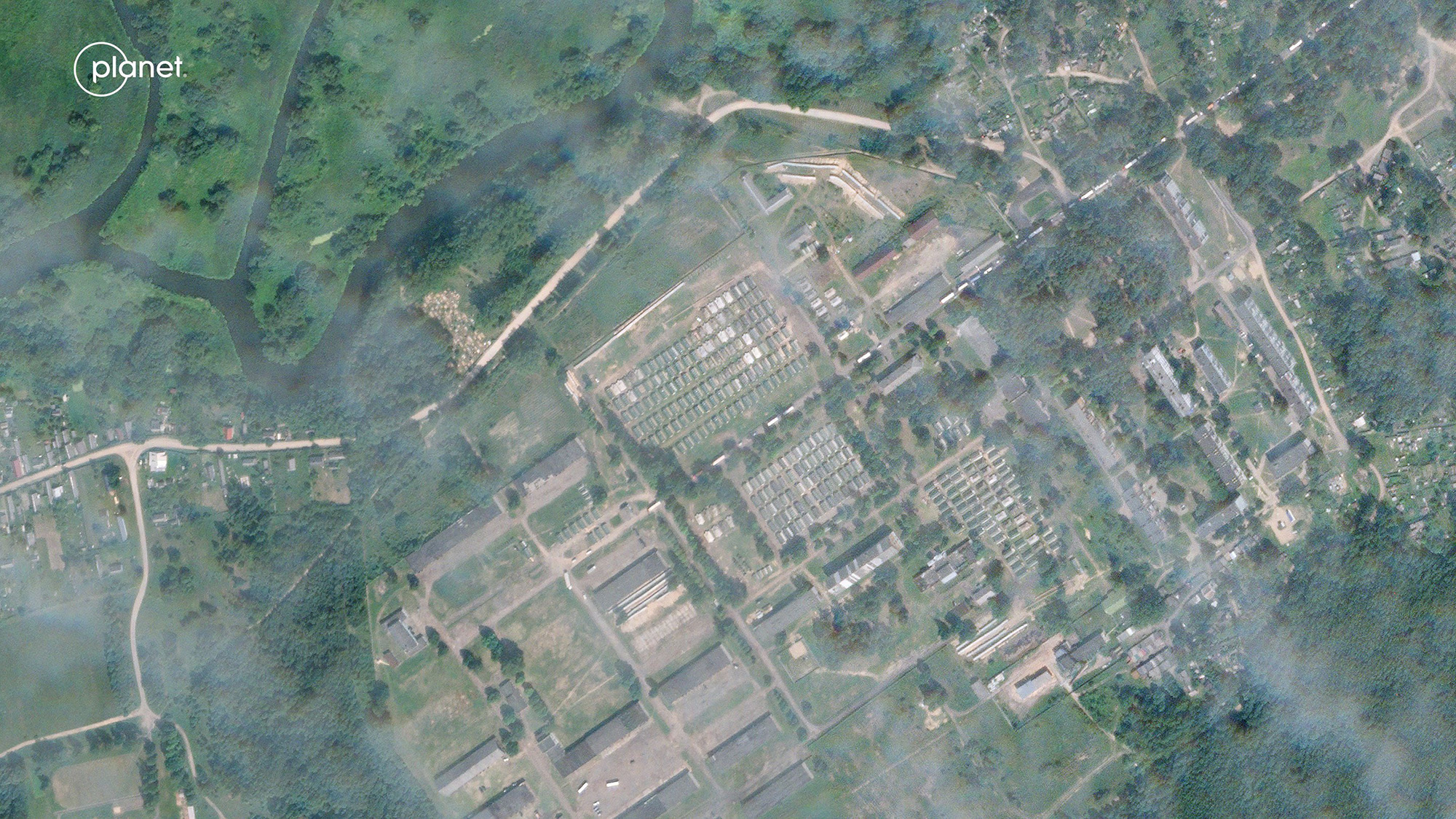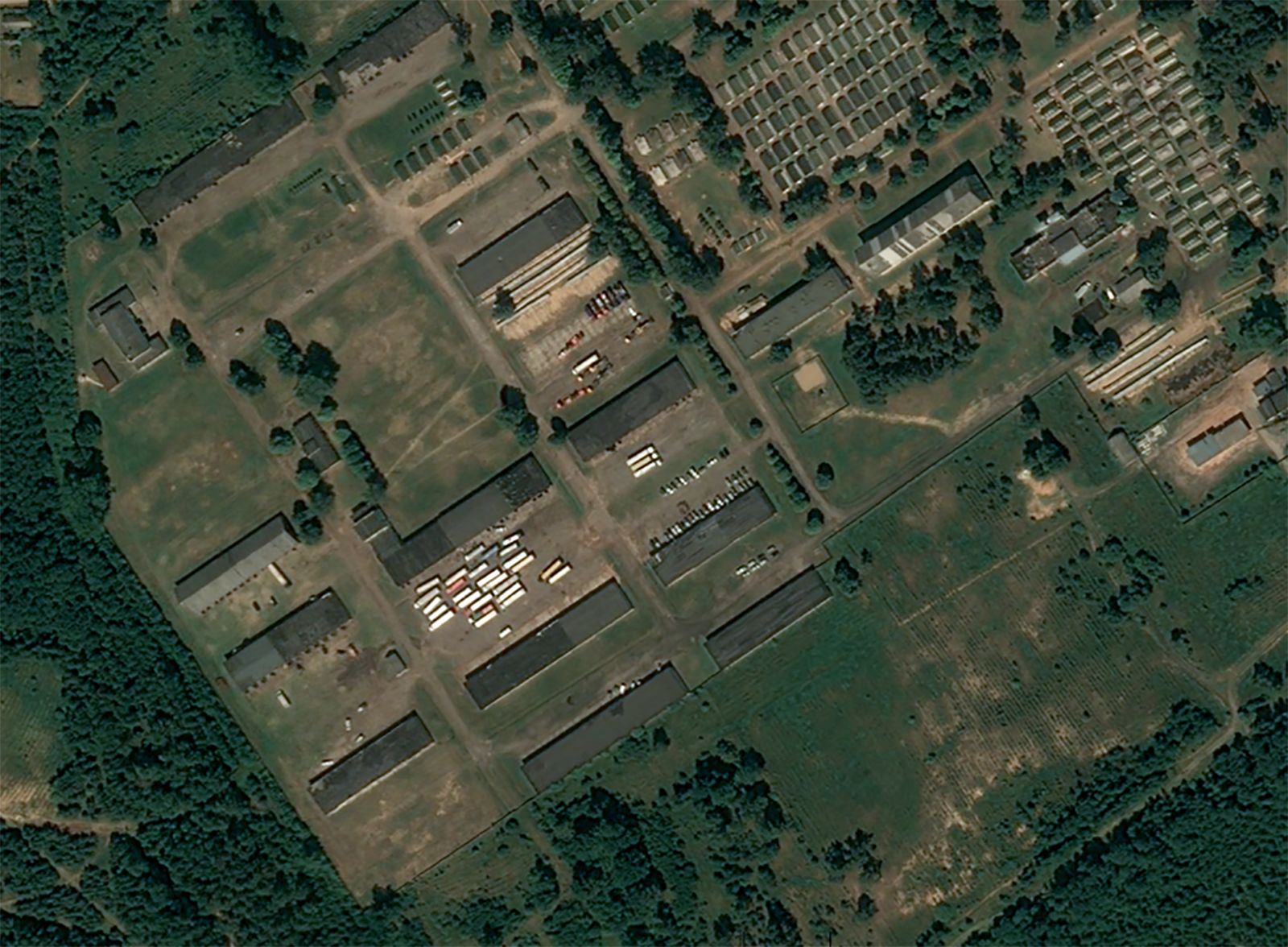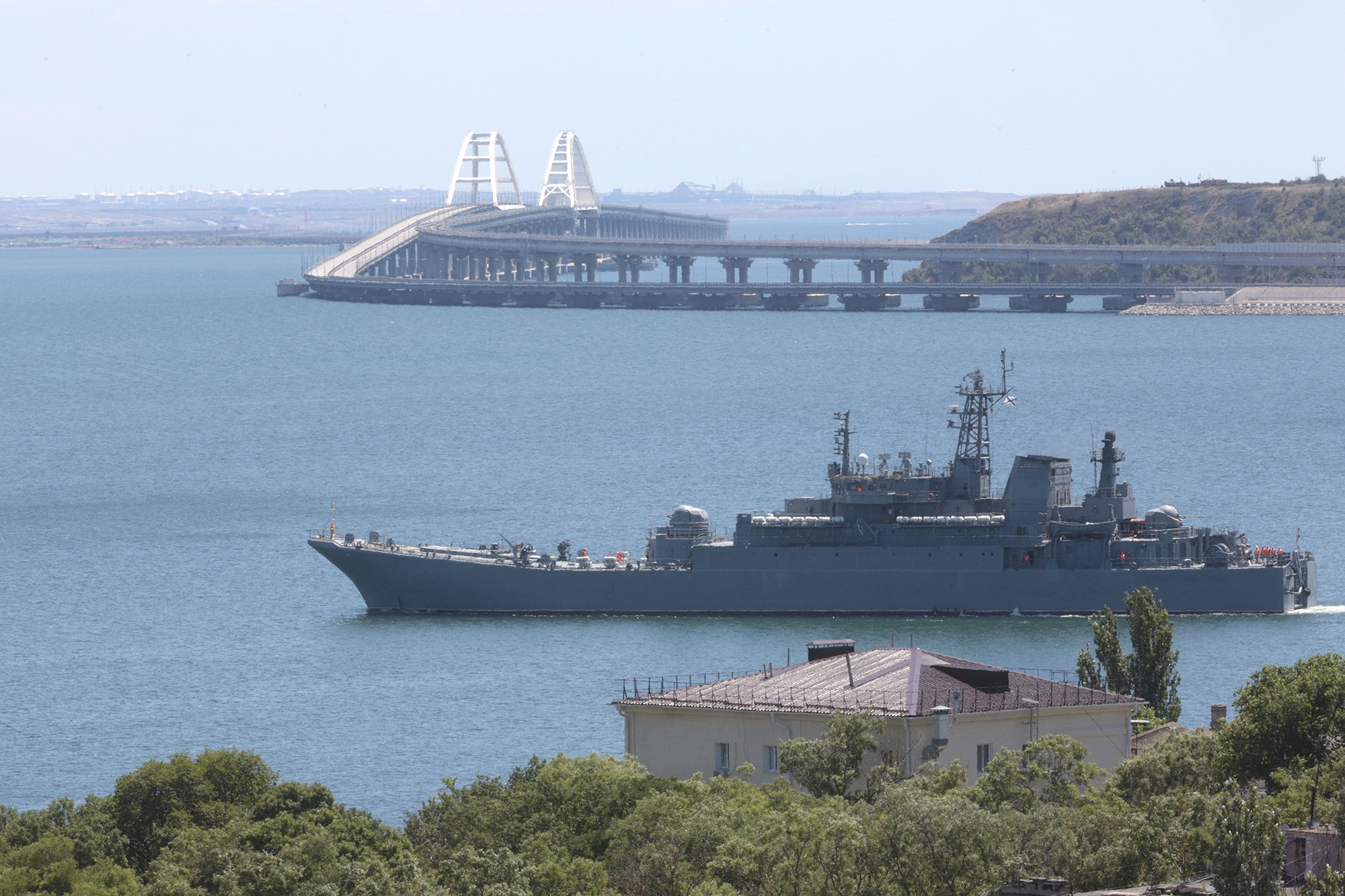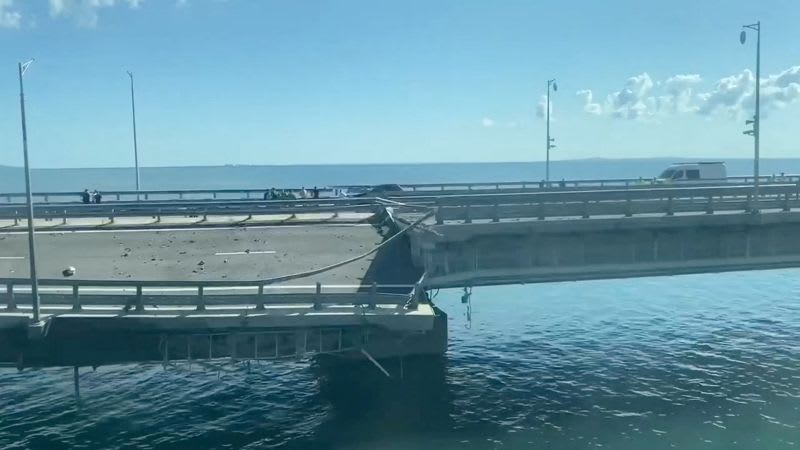
Russian President Vladimir Putin transferred the Grom special forces unit of the Ministry of Internal Affairs to the jurisdiction of the Russian National Guard (or Rosgvardiya), which will allow it to be deployed to the front lines in Ukraine, said Alexander Khinshtein, a member of the Russian Parliament from Putin’s United Russia party.
"By decision of the President, the Grom unit is transferred to the Russian National Guard along with the staff and the entire infrastructure (weapons, special equipment, ammunition, material property, etc.),” Khinshtein in a statement published on his Telegram on Monday. “All Grom unit employees, upon their own decision are transferred to serve in the Russian National Guard.”
“It emphasizes the key role of the National Guard in protecting the internal security of the country," Khinshtein also said.
Why this matters: Khinshtein indicated that while the Grom unit was unable to take part in the fight in Ukraine because it was part of the Ministry of Internal Affairs, its transfer to the Russian National Guard changes that, giving Moscow another 7,000 men it can redeploy.
"In the conditions of the special military operation, when special rapid-response squad and [the National Guard’s] OMON (Special Purposes Mobile Unit) are directly involved in the fight right on the front line - all this was fraught with serious problems and certainly did not bring victory closer," he said.
The move comes just weeks after Putin met with the leadership and personnel of the Ministry of Defense, the Russian National Guard, the FSB and the Ministry of Internal Affairs, following an attempted coup by the Wagner private military group.


